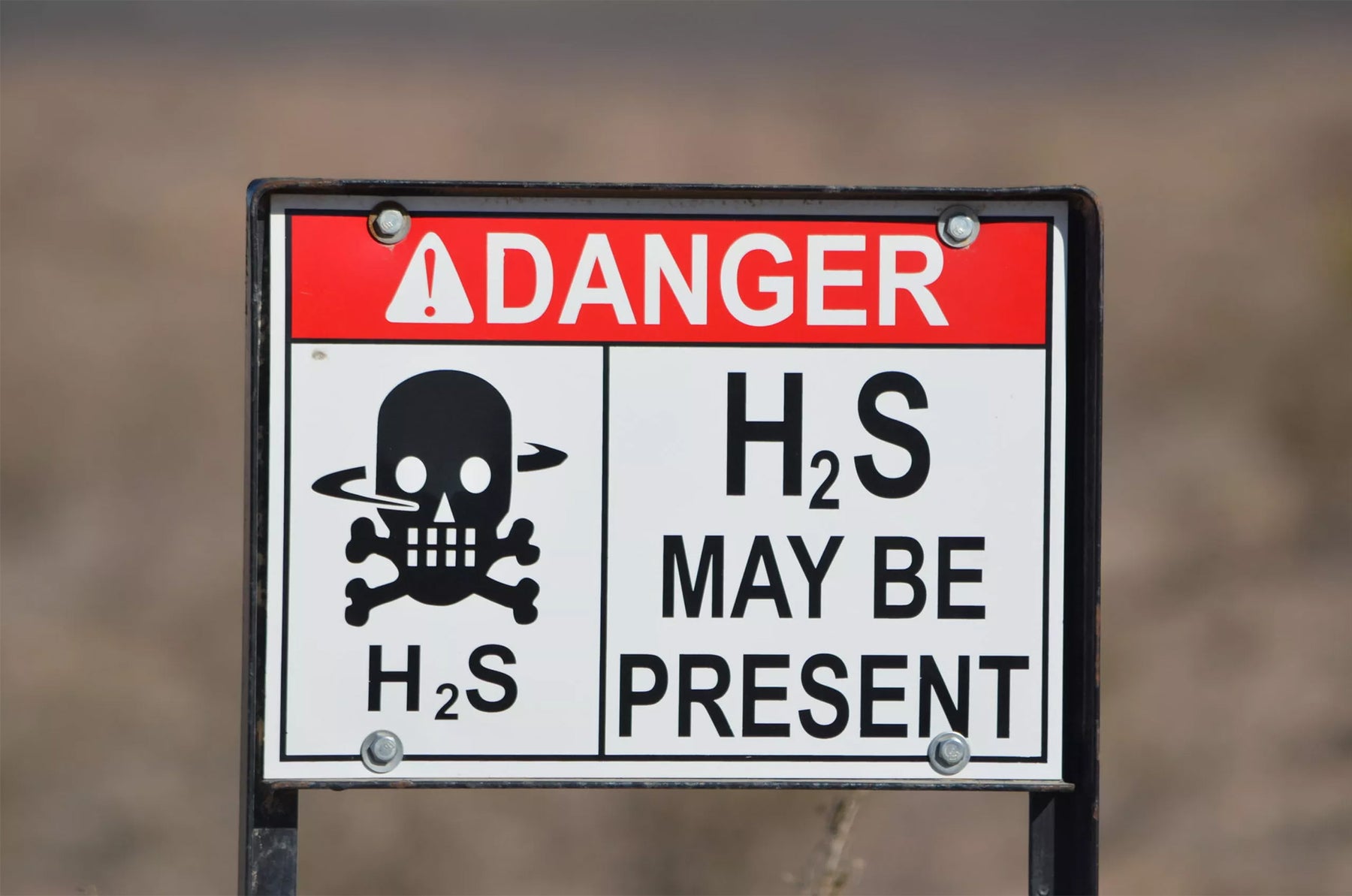
Sealing Cable Ducts to Block Hydrogen Sulphide - H2S

Introduction
Wastewater treatment plants play a pivotal role in maintaining public health and environmental sustainability. However, the harsh conditions within these facilities pose unique challenges to the equipment and infrastructure, with hydrogen sulphide (H2S) emerging as a particularly corrosive and dangerous compound. This blog will delve into the characteristics of hydrogen sulphide, its detrimental effects on switch rooms, and the imperative need for sealing cable ducts to prevent its infiltration.
Understanding Hydrogen Sulphide
Hydrogen sulphide, a colourless and highly toxic gas, is a natural byproduct of the microbial breakdown of organic matter in wastewater treatment processes. Commonly recognised by its pungent "rotten egg" odour, H2S poses severe health risks to humans, including respiratory issues, eye irritation, and even potential long-term damage. Moreover, its corrosive nature poses a significant threat to the infrastructure within wastewater treatment plants.
The Impact on Switch Rooms
Switch rooms house critical electrical and control equipment that is essential for the proper functioning of wastewater treatment plants. The presence of hydrogen sulphide in these environments can lead to accelerated corrosion of metal components, compromising the integrity of electrical systems. This corrosion not only jeopardises the reliability of equipment but also increases the risk of electrical failures, posing a safety hazard for plant personnel.
Sealing Cable Ducts: A Preventive Measure
One effective strategy to mitigate the ingress of hydrogen sulphide into switch rooms is the proper sealing of cable ducts. Cable ducts, which are pathways for electrical cables, often serve as conduits for H2S to infiltrate sensitive areas. Sealing these ducts prevents the gas from reaching critical electrical components, safeguarding the integrity of the infrastructure.
Key Advantages of Sealing Cable Ducts:
Corrosion Prevention: By creating a barrier against hydrogen sulphide, sealed cable ducts protect metal components from corrosive damage, extending the lifespan of electrical systems.
Operational Reliability: Sealing cable ducts ensures that electrical equipment operates optimally, reducing the risk of malfunctions and unplanned downtime in wastewater treatment plants.
Personnel Safety: Minimising the presence of hydrogen sulphide in switch rooms enhances the safety of plant personnel by mitigating health risks associated with exposure to this toxic gas.
Cost Savings: Proactively addressing the threat of hydrogen sulphide through cable duct sealing can lead to substantial cost savings by reducing the frequency of equipment replacements and maintenance.
Conclusion
In conclusion, hydrogen sulphide poses a significant threat to the infrastructure and personnel within wastewater treatment plants, particularly in switch rooms housing critical electrical components. Sealing cable ducts emerges as a crucial preventive measure, acting as a barrier against the corrosive effects of H2S and ensuring the reliability and safety of electrical systems. Implementing these protective measures not only enhances the overall efficiency of wastewater treatment plants but also contributes to the longevity of essential equipment, promoting a sustainable and resilient infrastructure for the future.
To learn more about sealing cable ducts against Methane, please CLICK HERE
To learn more about sealing cable ducts against Chlorine gas, please CLICK HERE
Written by Carl Pike - The Duct Sealing Man
